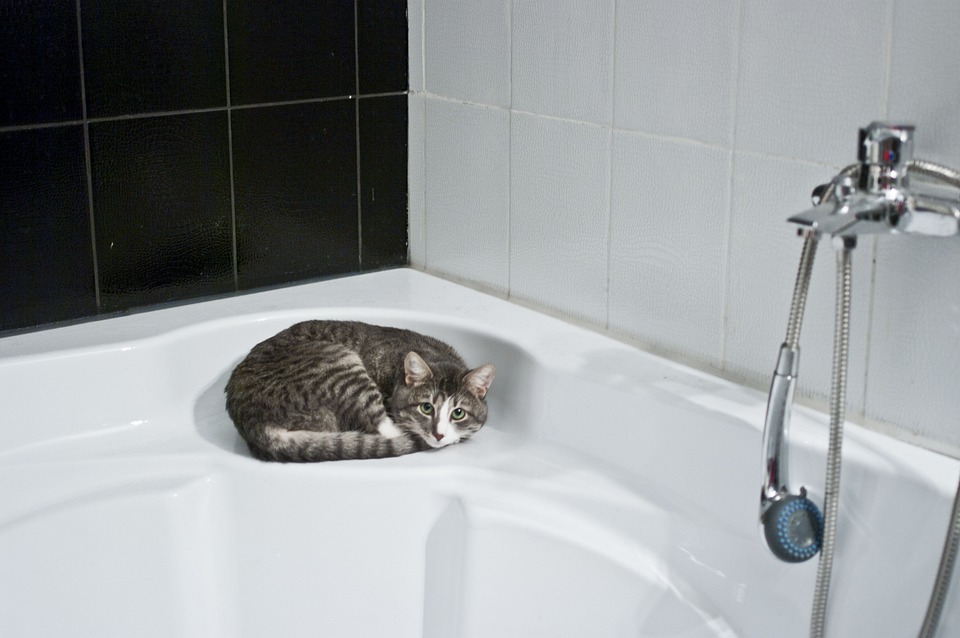Water flow restrictors are commonly installed in plumbing fixtures to conserve water and promote efficiency. While these restrictors are beneficial for reducing water consumption, there are instances where removing them can be advantageous, especially when dealing with low water pressure. In this guide, we will explore the reasons to remove flow restrictors and provide step-by-step instructions on how to do it safely.
Why Remove Flow Restrictors?
Flow restrictors are typically installed in faucets and showerheads to limit the maximum flow rate, effectively reducing water consumption. However, low water pressure can be frustrating, particularly when it comes to showering or washing dishes. Removing the flow restrictor can improve water flow and address the issue of insufficient pressure.
In some cases, removing the restrictor may be necessary to abide by building codes and regulations. However, it is essential to check with local authorities or consult with a professional plumber before making any modifications.
Step-by-Step Guide: Removing Flow Restrictors
Removing flow restrictors can vary depending on the fixture and your level of expertise. Ensure that you have the necessary tools and are comfortable working with plumbing equipment. If you’re unsure, consider hiring a professional plumber to carry out the task.
1. Gather Supplies and Prepare
Start by collecting the required tools, including an adjustable wrench, pliers, and a screwdriver. Make sure to turn off the water supply to the fixture you will be working on.
2. Remove the Showerhead or Faucet Aerator
To access the flow restrictor, you’ll need to remove the showerhead or faucet aerator. Use the adjustable wrench or pliers to loosen the connecting nut and detach the fixture carefully. Place a cloth or towel around the fixtures to prevent any scratches.
3. Identify and Remove the Flow Restrictor
Once the showerhead or faucet aerator is detached, locate the flow restrictor. It is usually a small plastic or metal screen located at the end of the fixture. Use a screwdriver or pliers to carefully unscrew or pry it out.
4. Clean the Flow Restrictor
Before reinstalling the showerhead or aerator, take the opportunity to clean the flow restrictor thoroughly. Over time, mineral deposits and debris can accumulate and affect water flow efficiency. Use a brush or toothbrush to scrub the restrictor under running water until it is clean.
5. Reassemble the Fixture
After cleaning the flow restrictor, place it back into the fixture. Use the screwdriver or pliers to reattach the showerhead or faucet aerator securely. Make sure everything is tightened without overdoing it, as excessive force can damage the fixtures.
6. Turn on the Water Supply
Once the fixture is reassembled, turn on the water supply to check if the flow restrictor removal has improved the water pressure. Adjust the water flow to your preference, ensuring that it is neither too high nor too low.
Conclusion
Removing flow restrictors can be a practical solution to address low water pressure issues. However, it’s important to consider the water conservation aspect and seek professional advice if required. By following the step-by-step guide provided in this article, you can enhance water flow efficiency and enjoy an improved showering or washing experience.
